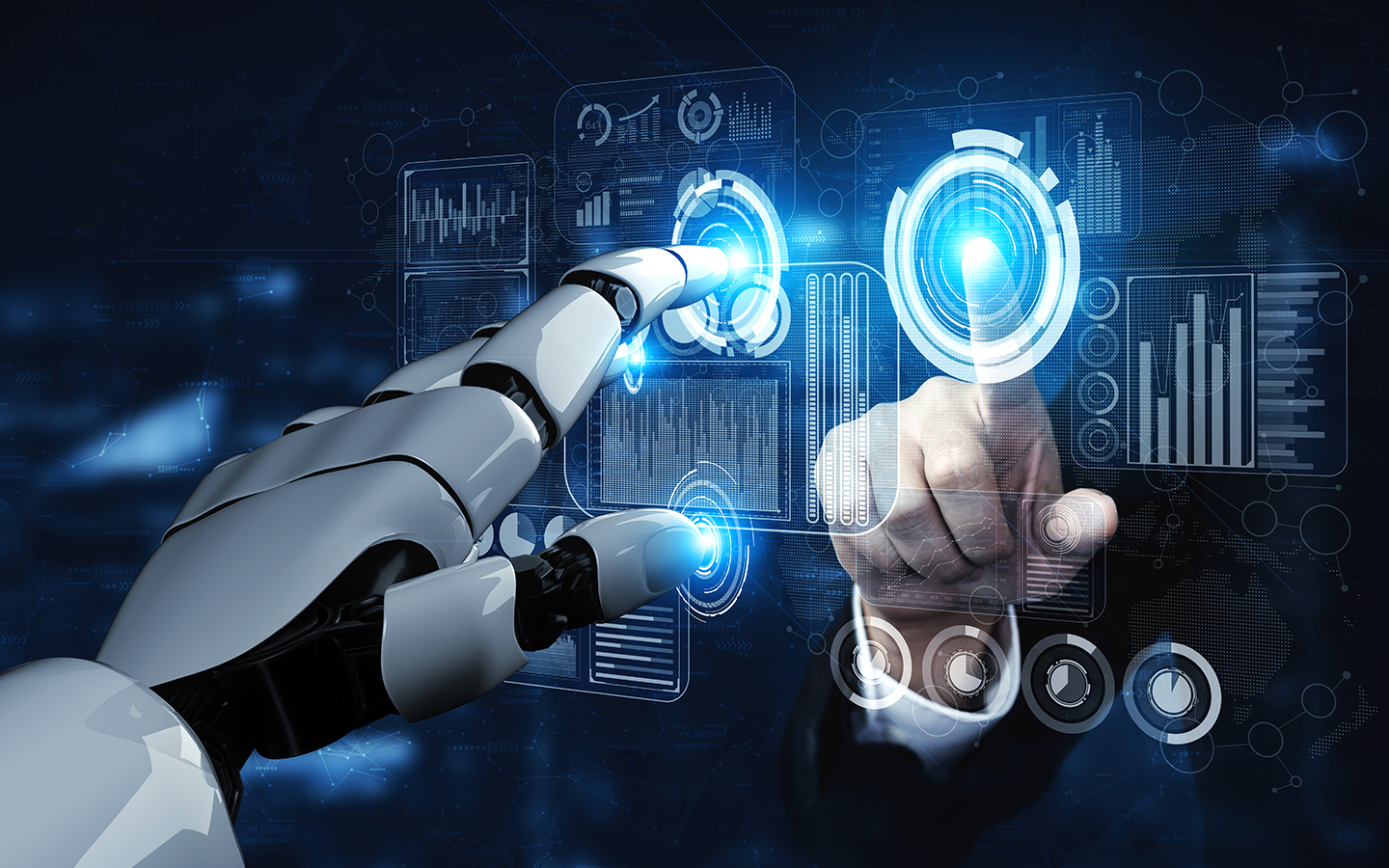The concept of a Digital Twin is groundbreaking, as it bridges the gap between the physical and digital worlds, offering several unique advantages. Essentially, a Digital twin is a virtual representation of a physical asset, process, or system. It mirrors real-world behavior in real-time, allowing organizations to monitor, analyze, and optimize performance continuously.
One of the standout features of a Digital twin is its ability to provide predictive insights. By collecting data from sensors, IoT devices, and other sources, the Digital Twin can detect anomalies early, identify potential failures, and highlight optimization opportunities.
This proactive approach ensures that issues are addressed before they escalate, leading to smoother operations and reduced downtime.
Simulation, testing, and lifecycle optimization
A significant advantage of a Digital twin is its capability for simulation and testing. Organizations can simulate various scenarios, test changes, and evaluate the impact on the physical asset without disrupting actual operations. This feature is invaluable for enhancing decision-making and managing risks effectively. It allows companies to foresee the outcomes of their actions and make informed choices, ultimately leading to better resource utilization and improved operational efficiency.
Digital twins span the entire lifecycle of an asset, from design and manufacturing to operation and maintenance. This continuous presence facilitates lifecycle optimization, enabling informed decision-making at every stage. Companies can implement changes and improvements more efficiently, ensuring that their operations remain at peak performance throughout the asset’s life.
The interconnectedness of Digital twins creates a network of insights across assets, supply chains, and processes. This network fosters collaboration and innovation, as teams can share data and insights seamlessly. For example, Qlector’s Digital Twin platform, when used as a standalone product, offers several key benefits:
- Operational efficiency: The Digital twin provides a dynamic mirror of physical assets, enabling real-time simulations. This enhances operational efficiency by optimizing processes and resource utilization.
- Improved decision-making: Real-time insights from the Digital twin empower better decision-making. Users can analyze data, simulate scenarios, and make informed choices to enhance productivity and quality.
- Risk management: The Digital twin facilitates risk assessment and management. It allows companies to model different scenarios, assess risks, and proactively address challenges.
- Seamless integration: Qlector’s platform seamlessly integrates the Digital twin with physical assets, unlocking new avenues for innovation and bridging the gap between the digital and physical worlds.
To wrap up
Incorporating AI production planning with digital twin technology is transforming the manufacturing landscape. Tools like Qlector’s Digital Twin platform provide real-time reflection, predictive insights, and the ability to simulate and test scenarios, leading to optimized operational efficiency and reduced risks. Companies that embrace this technology can achieve continuous improvement, informed decision-making, and a seamless integration between their digital and physical assets. As the manufacturing industry evolves towards Industry 4.0, leveraging digital twins and AI production planning will be crucial for staying competitive and innovative. If you’re looking to revolutionize your production processes, Qlector’s solutions can provide the edge you need to succeed.
